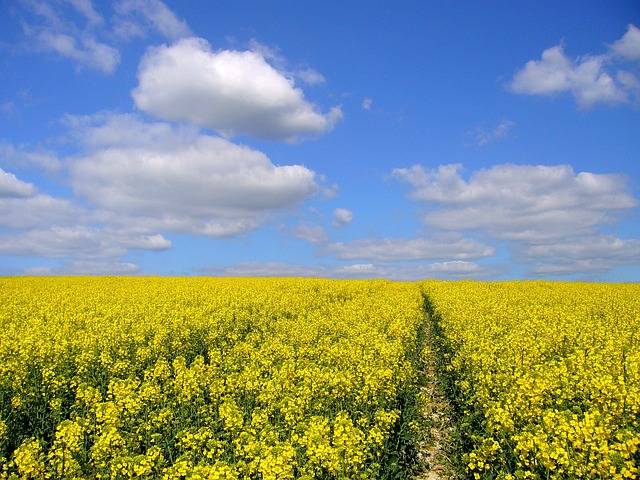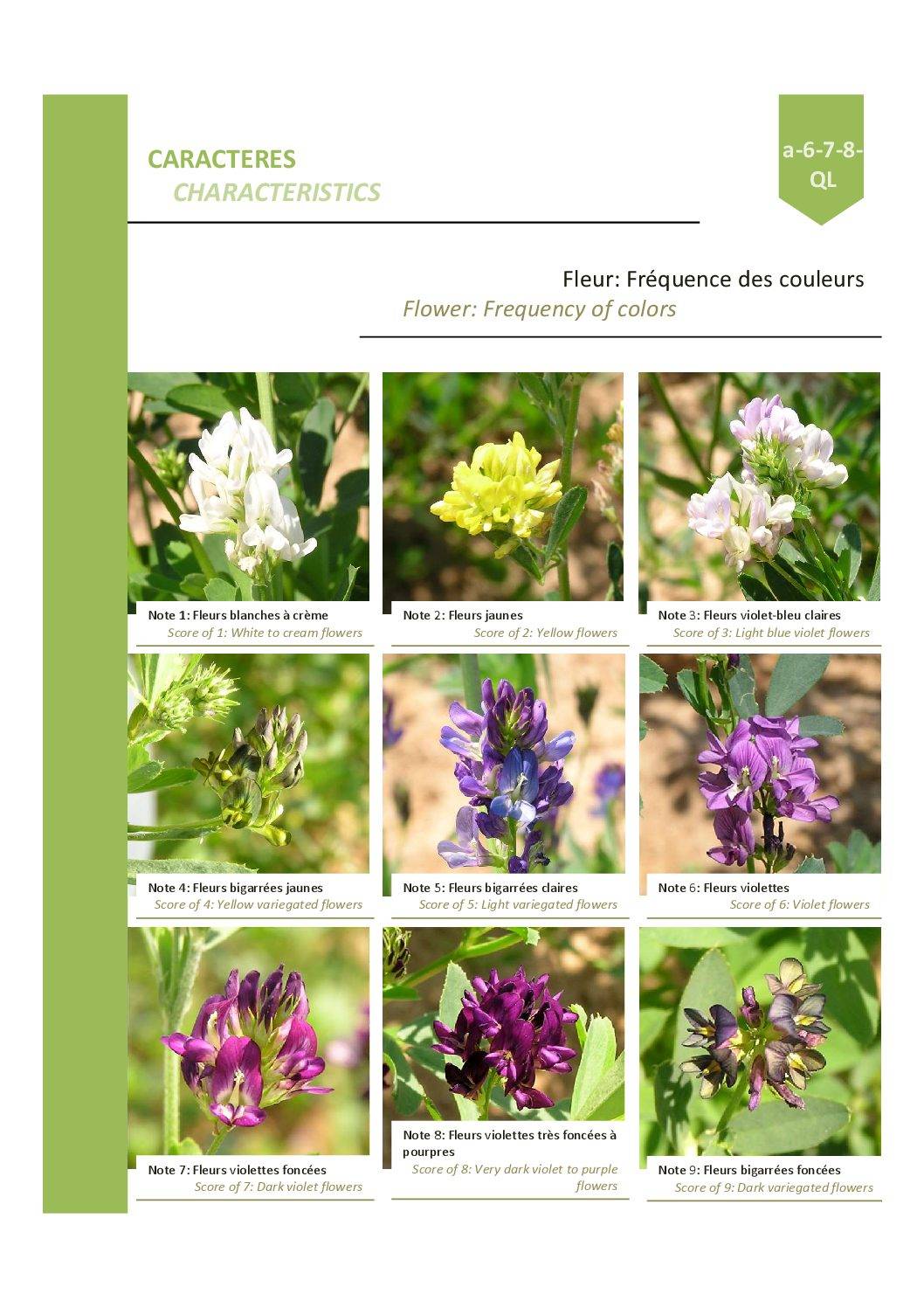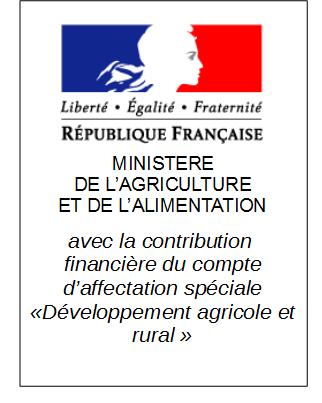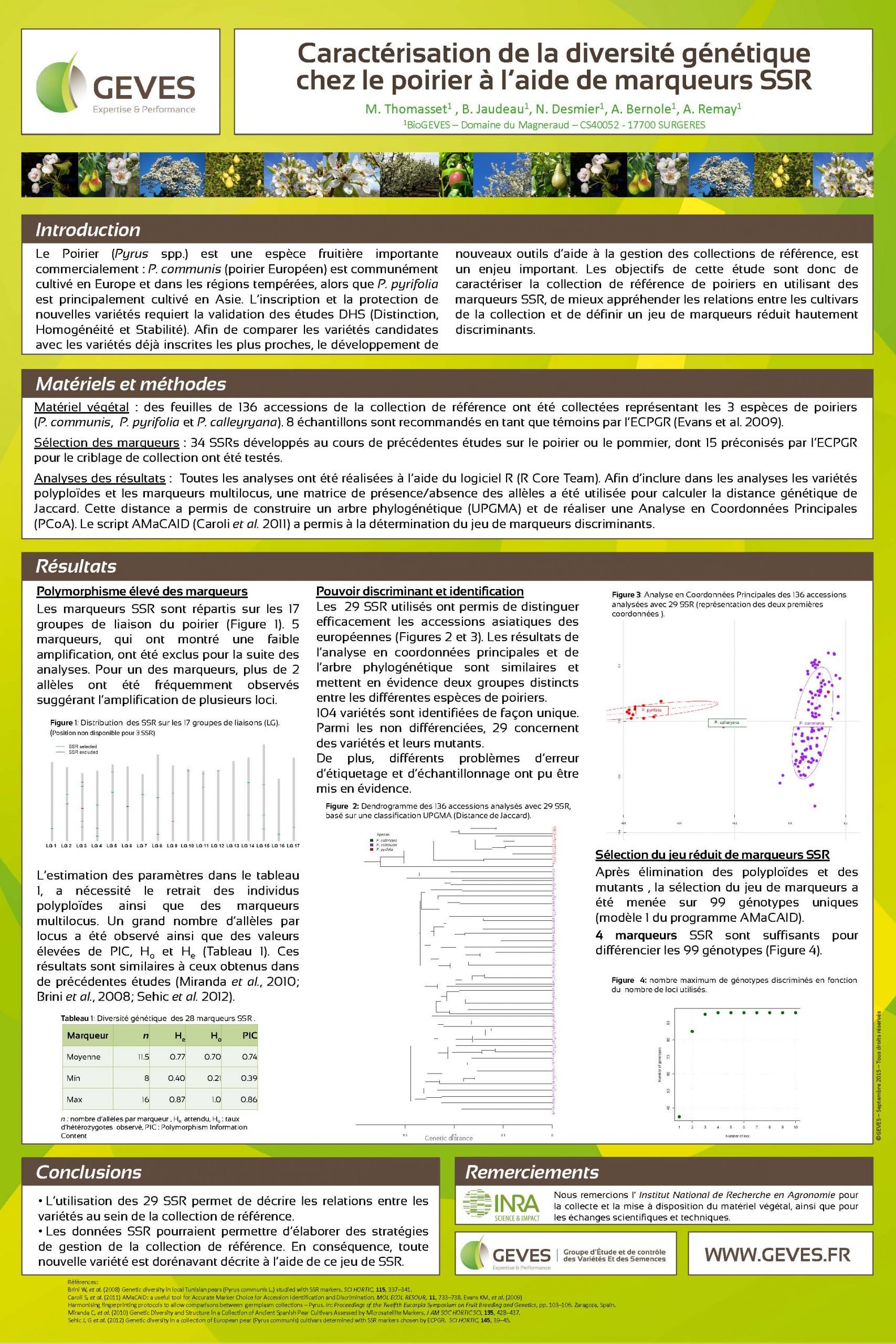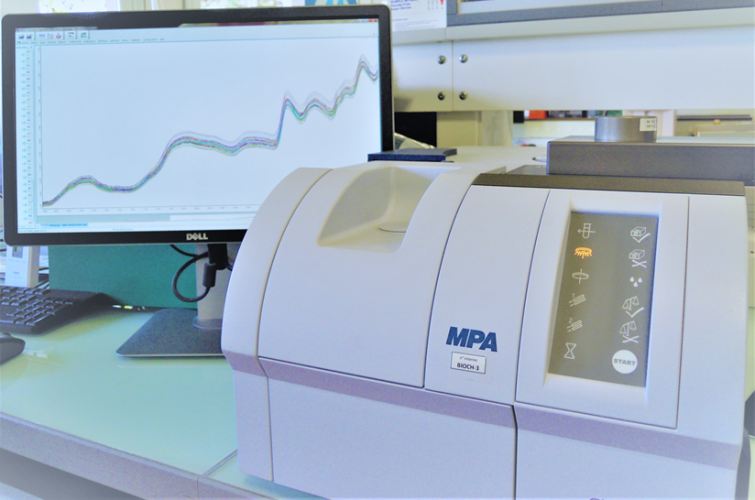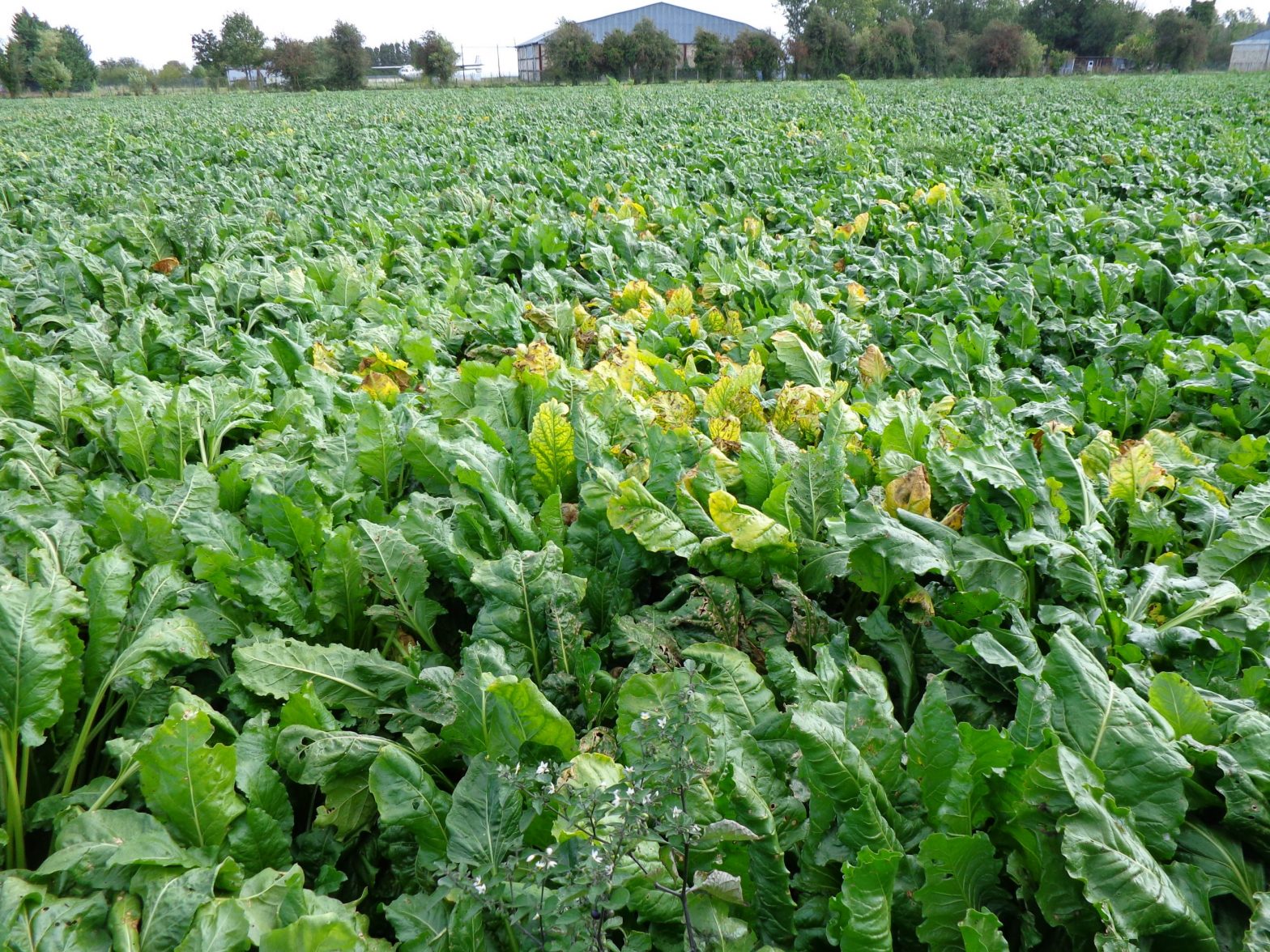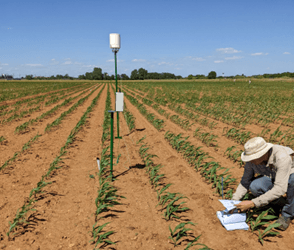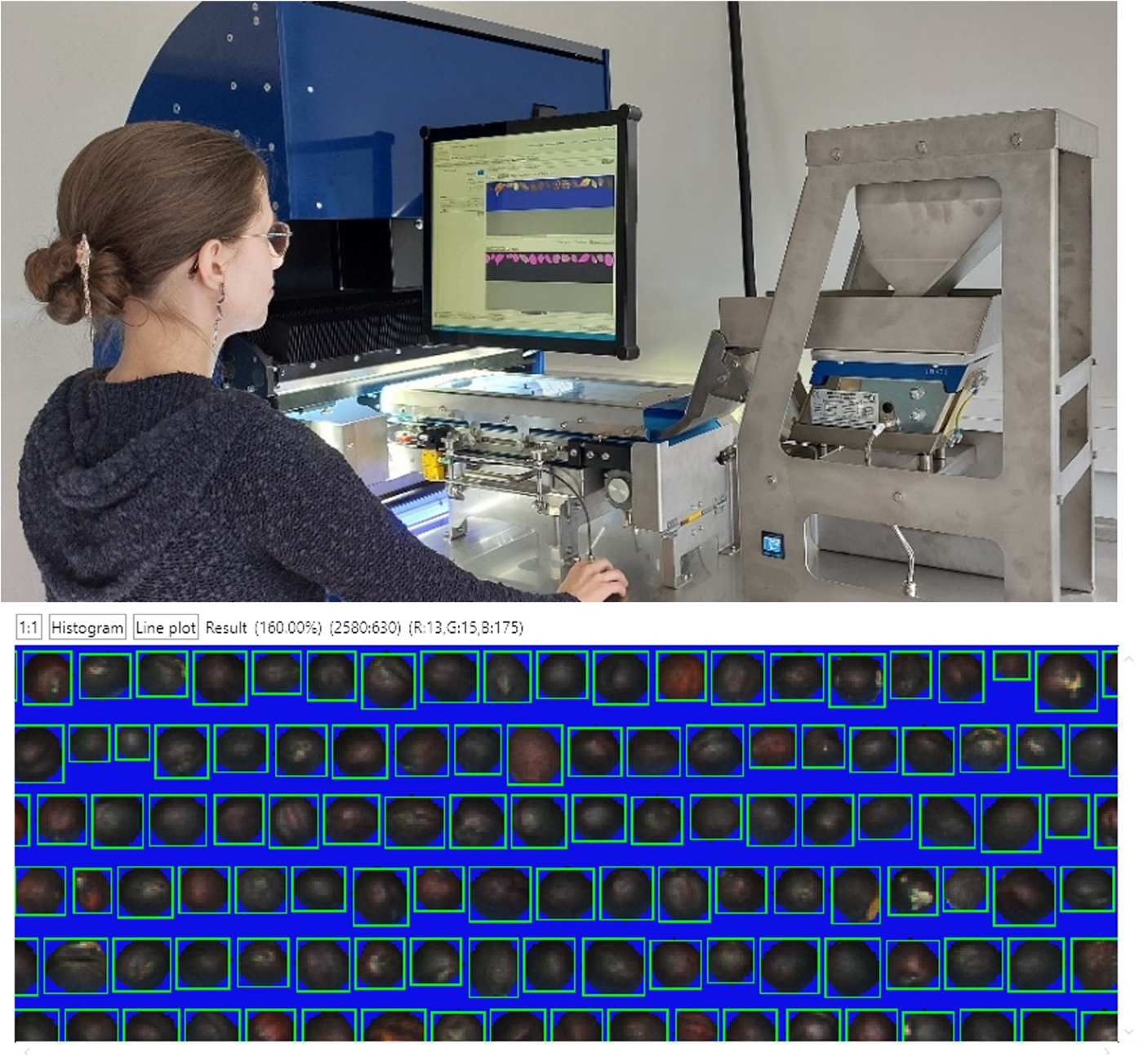Optimisation of variety description
One of the main regulatory missions of GEVES is to provide an official description of the candidate variety of field crops, vegetables, fruit and ornamental plants. To supplement in-field observations traditionally used for DUS testing, molecular markers and phenotyping tools can be used.
One of the main regulatory missions of GEVES is to provide an official description for candidate varieties of field crops, vegetables, fruit and ornamental plants.
DUS tests are carried out to ensure that a new variety is Distinct from existing varieties, that its characteristics are Uniform, and that the variety is Stable with consistent phenotypic characteristics from one generation to the next.
An official description of the candidate variety is created using in-field observations at different stages of growth. For example, describing shape of leaves, colour of flowers, height of plant, shape of fruit.
To examine the distinctness of candidate varieties compared to existing varieties GEVES uses its extensive reference collections, together with broad-based databases and dedicated software.
In addition to traditional methods, molecular markers and phenotyping tools can also be used.
Some research projects relating to DUS reference collections are based on an approach combining morphological and molecular markers (SSR, SNP, etc.). For example, studying the number of markers to be used, the thresholds to be set, and the calculation of genetic distances to be made.
Through this research, progress is made in:
- Defining minimum genetic thresholds and distances for detecting non-conformities (hybrids and seed lots)
- Optimising management of reference collections
- Improving variety distinction.
Research projects are also planned or on going on the possible use of molecular markers for Distinction, Uniformity and Stability.
Another important area of research for GEVES is the use of phenotyping tools for DUS testing.
Research projects and collaborations
Below are some examples of GEVES research projects and collaborations relating to the optimisation of variety description
SNP colza : Test of the potential use of SNPs markers on oilseed rape varieties
This project focused on testing the potential use of SNPs markers on oilseed rape varieties. It was led by GEVES in partnership with NIAB and funded by CPVO. SNP molecular markers were tested on a selection of recent colza varieties, with the aim of checking the conformity of parent formulas and reducing the number of varieties planted in DUS trials.

Amédiluze: Improvement of Lucerne DUS
Difficulty in distinguishing new Lucerne varieties from the European catalogue’s reference collection had in recent years led to their regular rejection, despite their VCUS results showing considerable progress. The aim of the Amédiluze project, coordinated by GEVES and funded by CASDAR, was to find solutions to this problem. Research showed that genetic markers could aid in distinguishing varieties, however further research is now needed to develop routine tests. The project was also able to reduce the number of comparison varieties in field, through the use of disease resistance, autumn dormancy and colour of flower characteristics. It is hoped that this reduction in the number of comparison varieties will now lead to clearer distinction of candidate from reference varieties.
Genotyping of fruit species
GEVES, in collaboration with INRAE Bordeaux, has characterised the whole cherry reference collection using SSR markers.
GEVES, in collaboration with INRAE Avignon, has developed markers linked to resistance and self-fertility in apricot varieties.
GEVES, in collaboration with INRAE Angers, has developed a set of discriminant markers for the pear reference collection.

